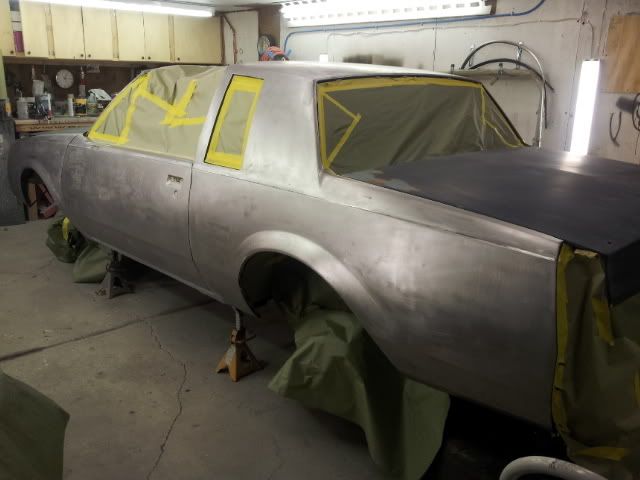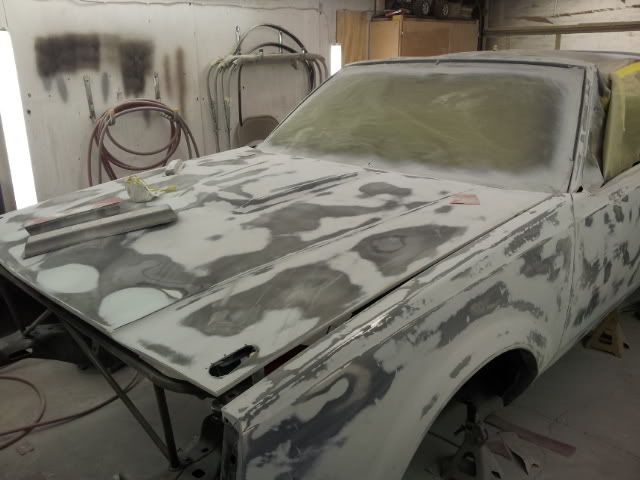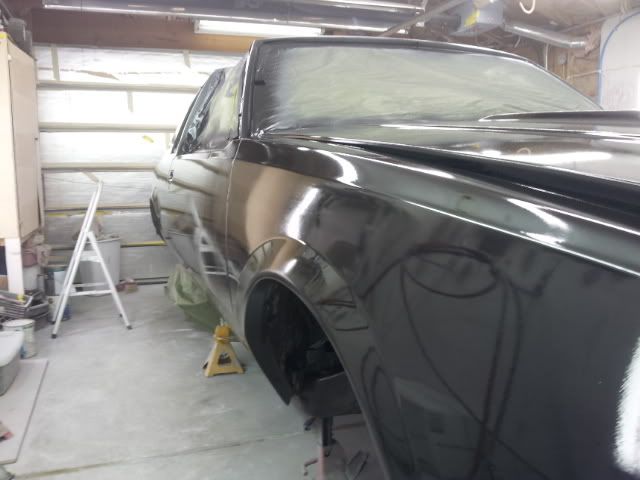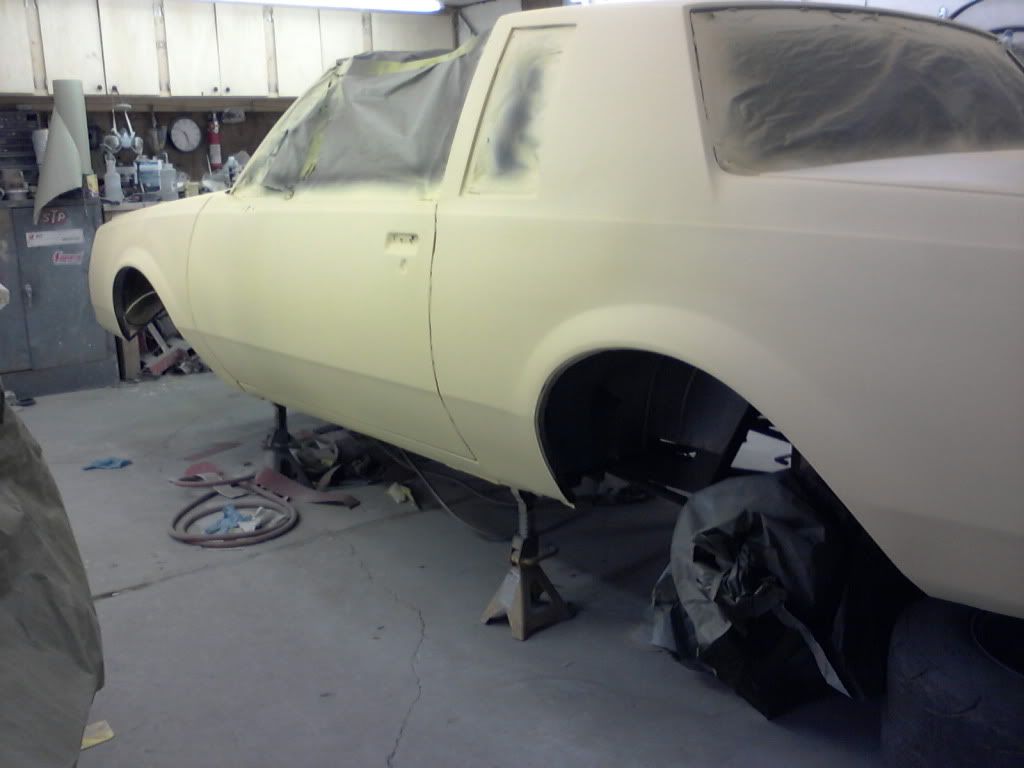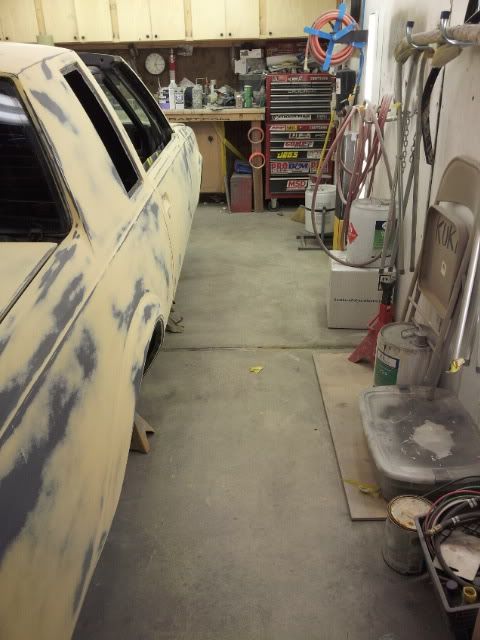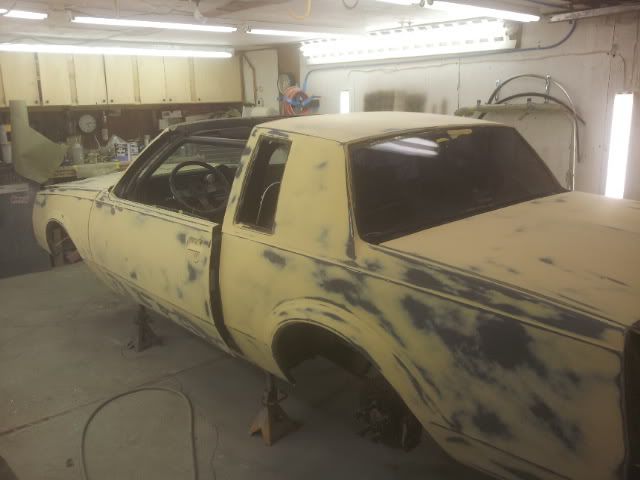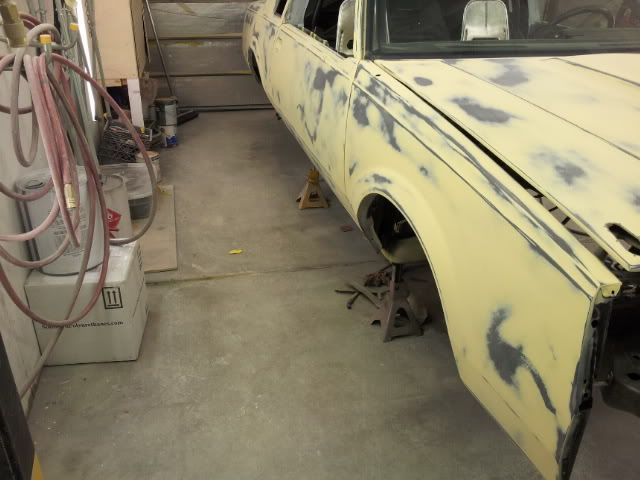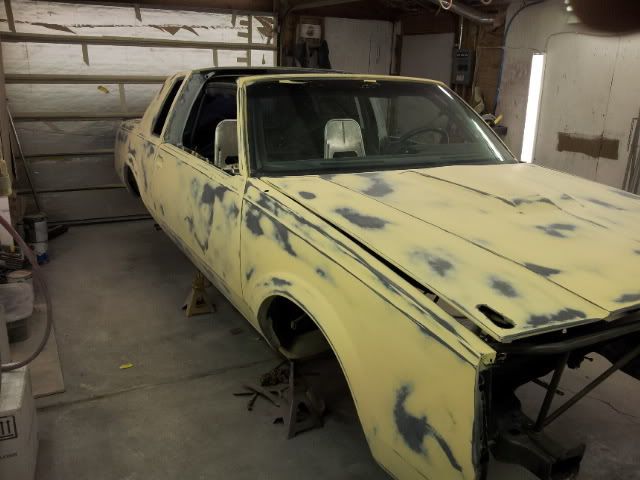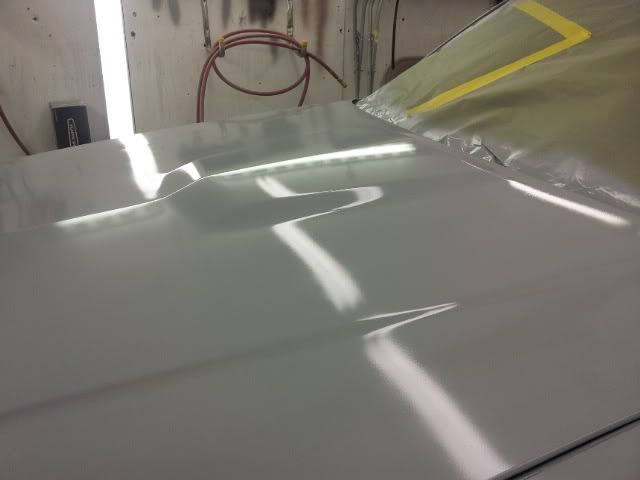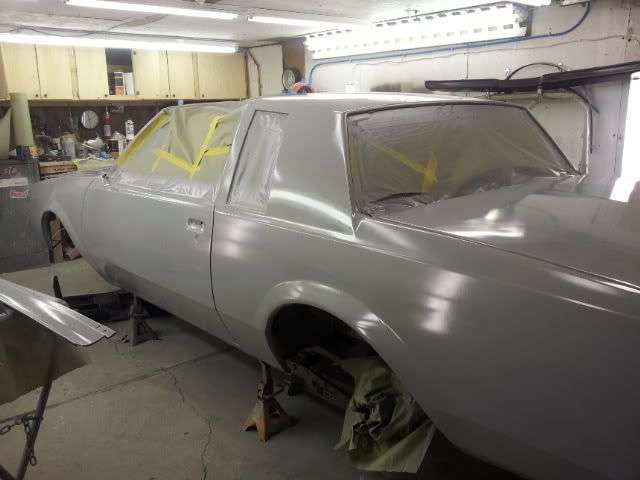S
sg465
Will be doing an all-over but getting doors ready now. Will be a two-tone with metallic blue and white.
I will be welding a few holes up in doors and then laying down epoxy primer. After epoxy will have some pretty simple filler work and then wanted to use Featherfill G2 to give me plenty to block straight before sealer.
I plan on just scuffing epoxy and then working filler down to 220. Does this sound good and then how smooth do I have to block the featherfill out to before the sealer?
I will be welding a few holes up in doors and then laying down epoxy primer. After epoxy will have some pretty simple filler work and then wanted to use Featherfill G2 to give me plenty to block straight before sealer.
I plan on just scuffing epoxy and then working filler down to 220. Does this sound good and then how smooth do I have to block the featherfill out to before the sealer?

